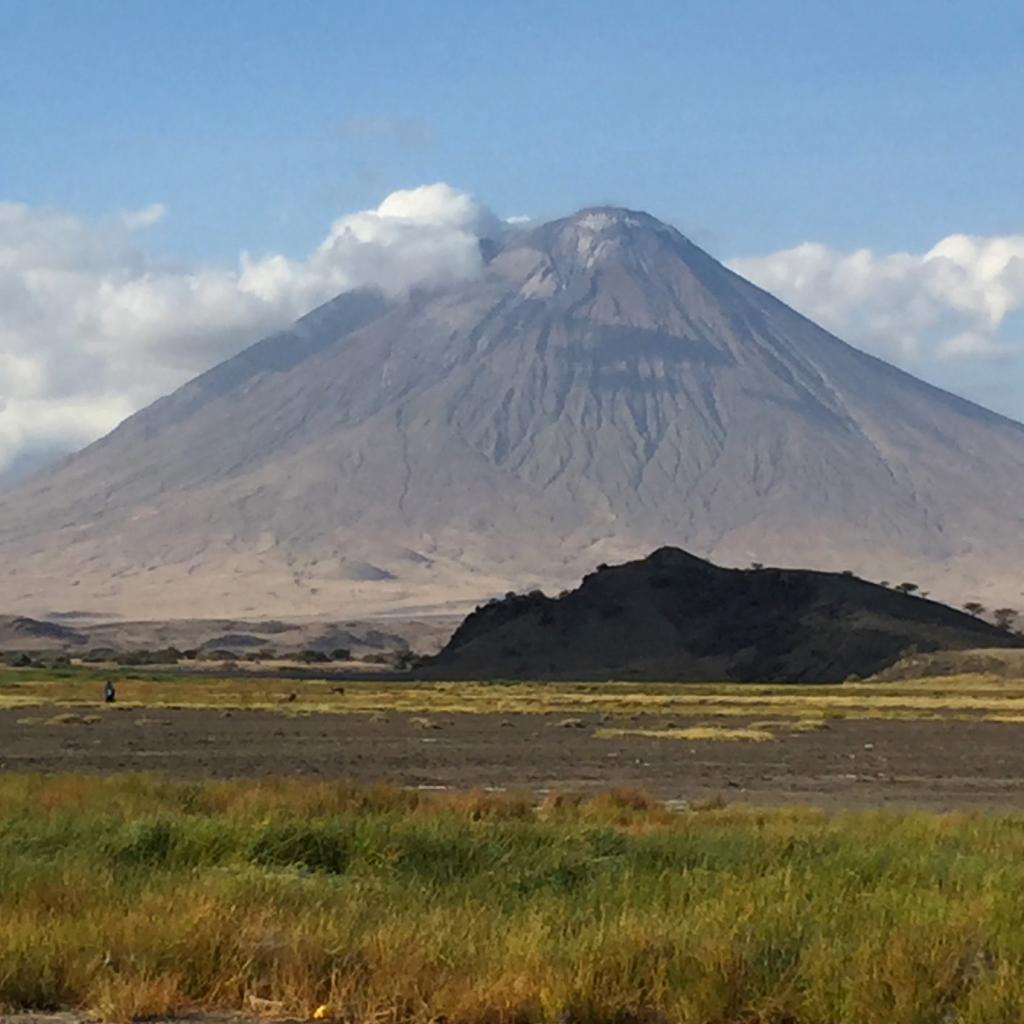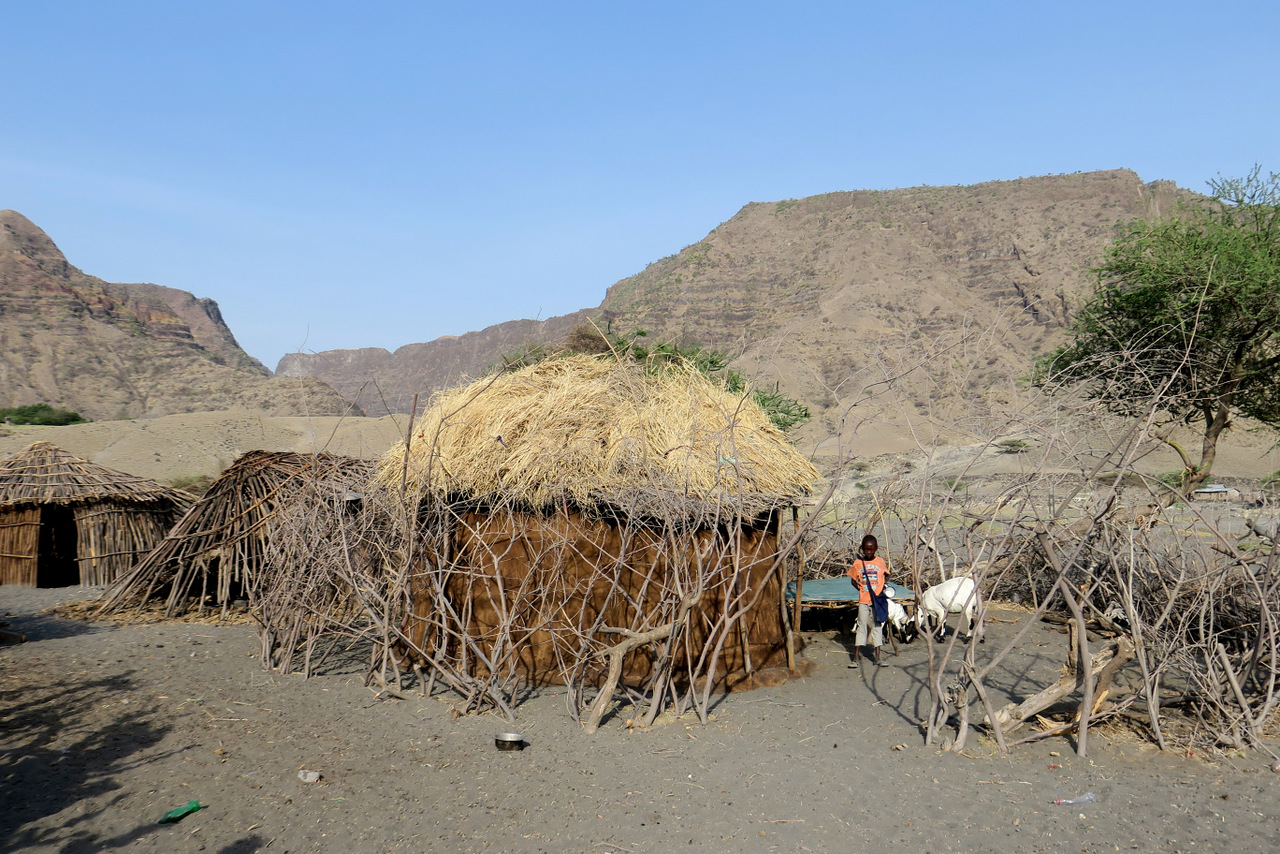

We formulate six processes that may explain why the largest losses are observed specifically over concentrated brines and/or exposed sediments. High temperatures and alkalinity are known to promote NH 3 losses from soda lakes. The likely source of NH 3 at Lake Natron is decomposition of organic material, either from rivers and springs or produced in the lake (plankton, bird excreta). The timing is different from the agricultural dominated NH 3 emissions in the wider Natron area, which peak early in the year, after the first wet season. The largest NH 3 column loadings generally occur at the end of the dry season in September–November over Lake Natron’s largest mudflat, that is exposed with receding water levels. Temporal analysis reveals that the emissions are episodic and linked with the lake’s surface area.

Here we explore 10 years of IASI NH 3 satellite data and other publicly available datasets over the area to characterize the natural NH 3 emissions in this unique ecosystem. Its remote location and the absence of nearby large anthropogenic sources suggest that the observed NH 3 is mainly of natural origin. The lake is in the centre of an endorheic (limited drainage) basin and has shallow, saline-alkaline waters. In a recent global analysis of satellite-derived atmospheric NH 3 data, a hotspot was observed in the vicinity of Lake Natron, Tanzania.


 0 kommentar(er)
0 kommentar(er)
